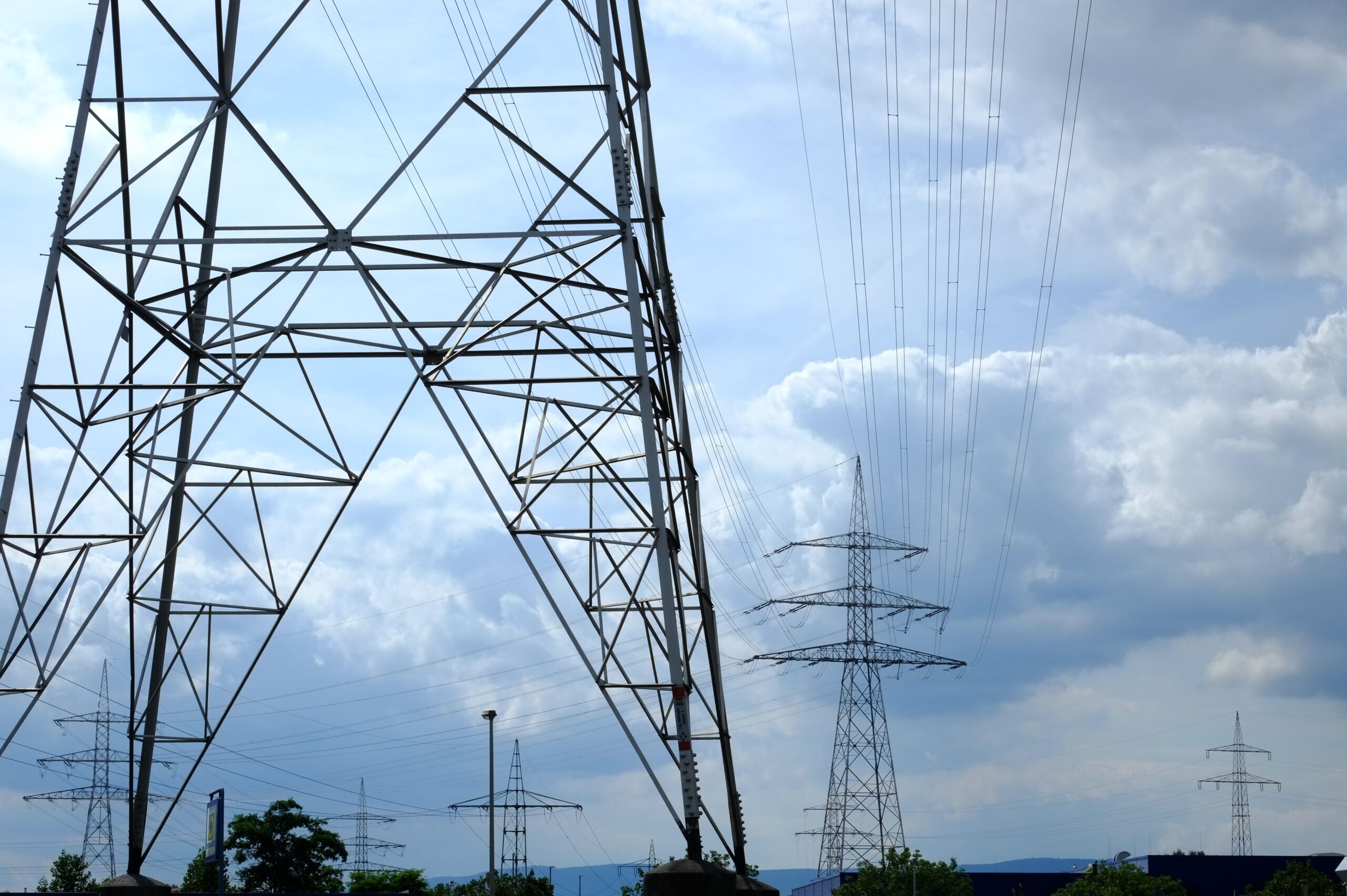Low-frequency electromagnetic fields and cancer: how the source of funding affects outcomes

While there is evidence that overexposure to alternating magnetic fields from 50- to 60-Hz electricity increases cancer risk, many argue that the evidence is contradictory and inconclusive. This is especially true for magnetic field exposure and childhood leukemia. An important goal of this study is to examine how the funding source affects the reported outcomes and conclusions. Several meta-analyses dating back to 2000 all report significant associations between exposure and leukemia risk. In examining subsequent reports on childhood leukemia, it is clear that almost all government or independent studies find either a statistically significant association between magnetic field exposure and childhood leukemia or an increased risk of at least OR = 1.5, while almost all industry-supported studies find no significant or even suggestive association. A second objective of this report is to examine the level of evidence for exposure and increased risk for various cancers in adults. Based on pooled or meta-analyses and subsequent peer-reviewed studies, there is strong evidence that overexposure to magnetic fields increases the risk of adult leukemia, male and female breast cancer, and brain tumors. There is less convincing but suggestive evidence of increases in several other cancers. In adult cancer studies, there is less clear evidence of bias based on funding source. There is also some evidence that both paternal and maternal prenatal exposure to magnetic fields leads to an increased risk of leukemia and brain tumor in the offspring.
Considering the biases reflected in the funding source, the evidence that magnetic fields increase cancer risk is neither contradictory nor inconclusive. Moreover, not only children but also adults are at risk, and there is clear evidence of cancers other than leukemia, especially brain and breast cancer.
Source: Environmental Research, Volume 178, November 2019, 108688, David O.Carpenter.
Study: https://www.sciencedirect.com/science/article/abs/pii/S0013935119304852?via%3Dihub
